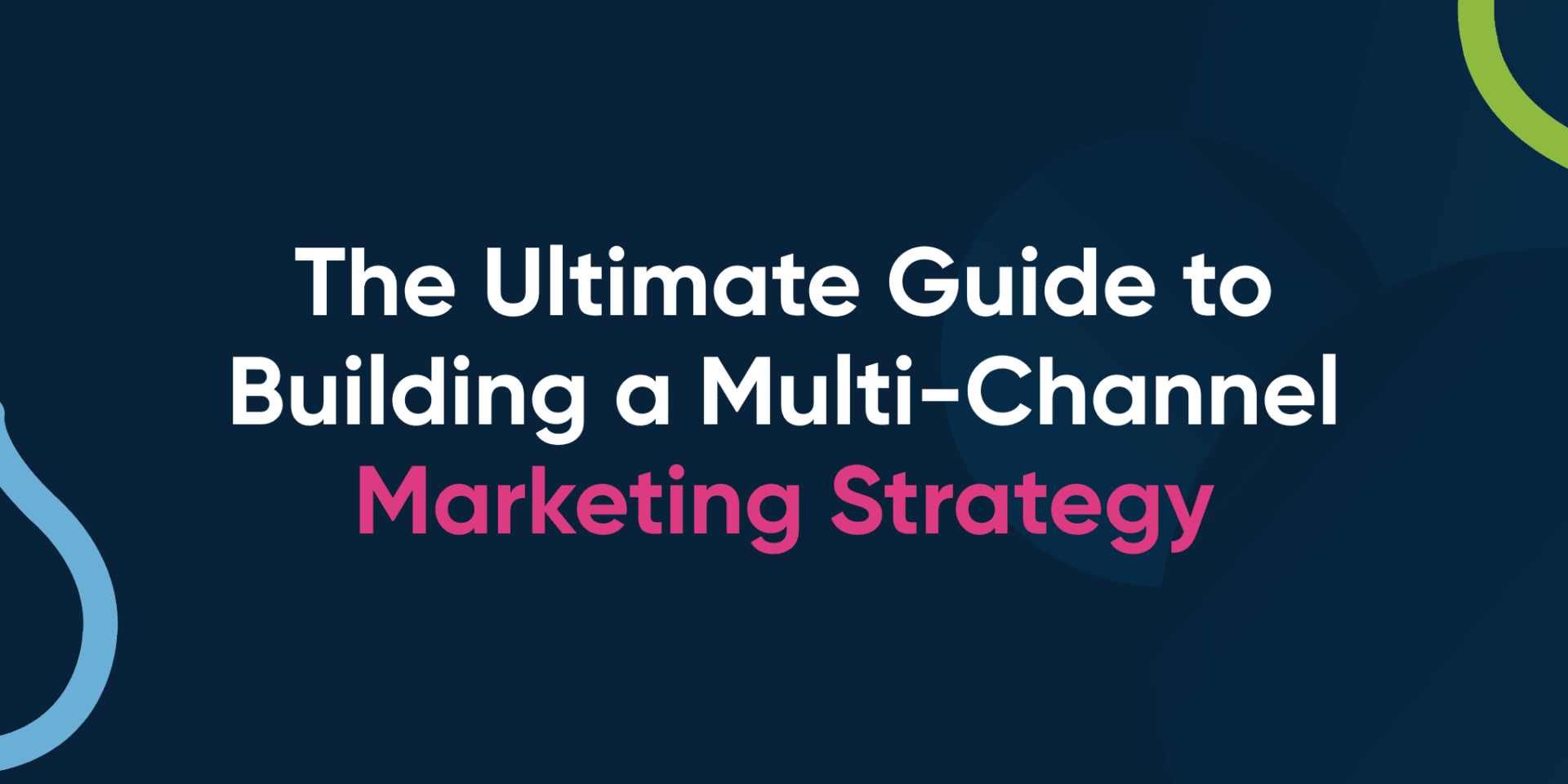The Ultimate Guide to Building a Multi-Channel Marketing Strategy
In a world where your audience moves seamlessly between email, social media, search engines, and websites, your marketing needs to keep up. That’s where multi-channel marketing makes all the difference.
Gone are the days when relying on one platform was enough. To thrive in today’s digital-first world, you need to meet your audience at multiple touchpoints. At TLH Marketing, we’ve seen how a well-executed multi-channel strategy can grow reach, improve customer experience, and drive real results.
So, what exactly is multi-channel marketing, and how do you build a strategy that actually works?
What is Multi-Channel Marketing?
Put simply, multi-channel marketing means reaching your customers across several platforms, online and offline. This could include your website, social media, email, search, events, direct mail, or even print ads.
The goal? Be wherever your audience is, while keeping your messaging consistent. A good multi-channel approach creates a connected customer journey, so people have a seamless experience with your brand, no matter how or where they come across it.
Why It Matters
At first glance, managing multiple platforms might sound like a lot, but the payoff is huge.
For starters, it expands your reach. Different people engage on different platforms, and a single-channel approach means missing out on entire segments of your audience.
It also strengthens brand recall. Seeing your message across various touchpoints helps it stick. Someone might not take action the first time they see you, but repeated exposure builds familiarity and trust.
Most importantly, multi-channel customers tend to convert at higher rates. Studies show that campaigns running across multiple channels regularly outperform those that stick to just one. More visibility, more consistency, better results.
How to Build a Strategy That Works
Start by thinking like a searcher. Use phrases in your captions that match how people talk. Instead of saying “OOTD vibes,” try “How to style wide-leg trousers.” This helps your content surface when someone’s searching.
Add on-screen text to your videos, especially on TikTok and Reels. It improves accessibility and helps with indexing.
1. Start with a Clear Goal
Every strategy needs a purpose. Are you aiming to raise awareness, generate leads, or boost sales? Get specific from the start—it’ll help shape your channel choices and content.
2. Understand Your Audience
The better you know your audience, the better you can reach them. Use data from your website, social media, email insights, and CRM to find out where they spend time and how they prefer to engage. This helps you focus on the right platforms and avoid wasted effort.
3. Choose Your Channels Wisely
You don’t need to be everywhere. Pick a few key platforms that align with both your goals and your audience’s behaviour. SEO and social are great for visibility, email and retargeting work well for nurturing, and paid search can help close the deal. Just make sure each channel has a clear role in your strategy.
4. Keep Your Messaging Consistent
Tailor your content to each platform, but keep your brand voice steady. Whether it’s a social caption, a blog, or an email, your tone and message should feel familiar. Consistency helps people recognise you and builds trust over time.
5. Create a Connected Journey
Your channels shouldn’t work in silos. The magic happens when everything links together, maybe someone discovers you on Instagram, visits your website, and later gets a follow-up email. The smoother that journey feels, the better the experience, and the higher the chance of conversion.
6. Measure, Learn, Improve
No strategy is perfect from day one. Track how each channel performs, review the customer journey, and tweak as you go. Whether it’s adjusting copy, switching up a channel, or rethinking a campaign, small changes can lead to big wins.
Final Thoughts
Multi-channel marketing isn’t about doing everything; it’s about doing the right things, in the right places, with a consistent story. When done well, it creates a stronger brand, better experiences, and more meaningful results.
Need help building a strategy that works across the channels that matter? Let’s talk.
